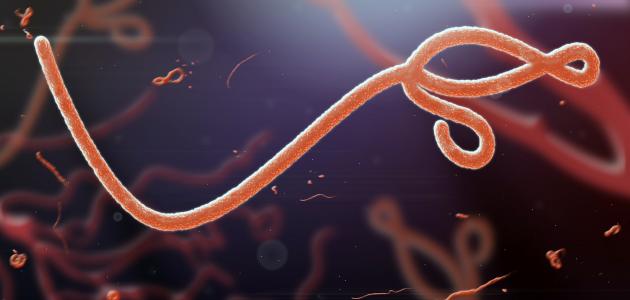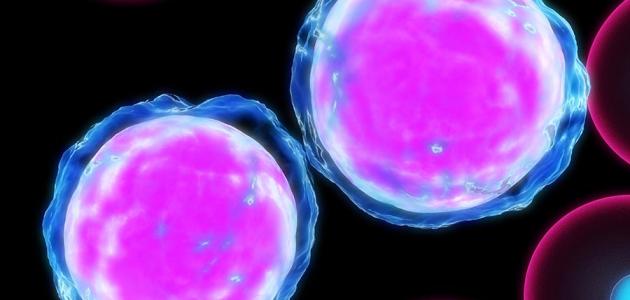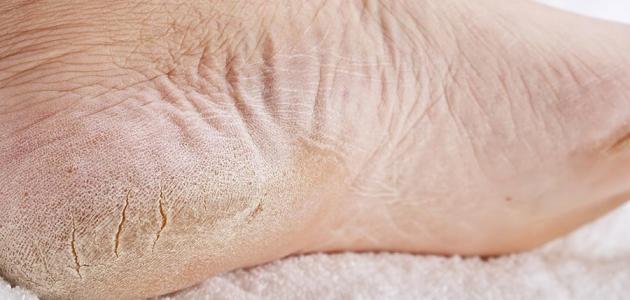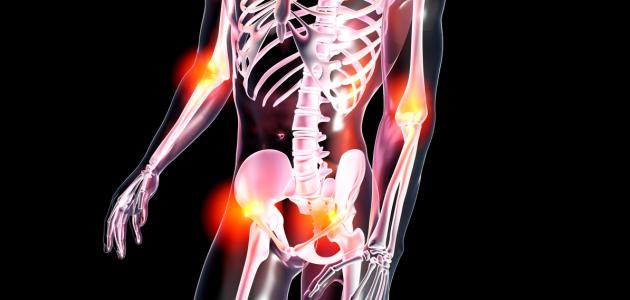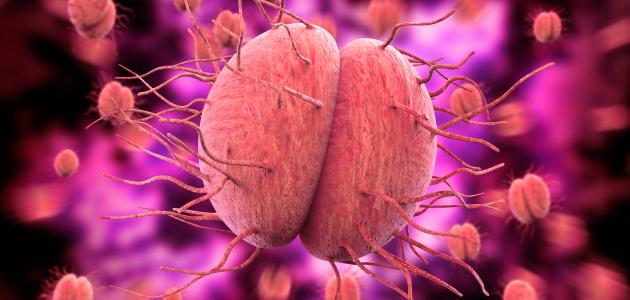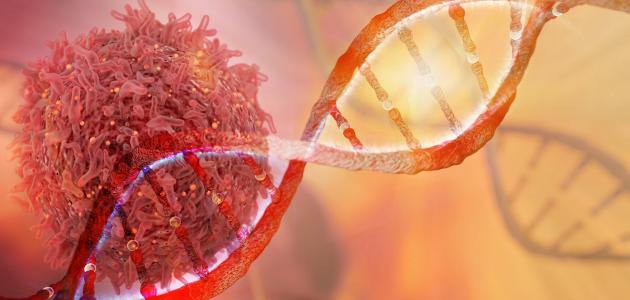Contents
The plague and its causes
The plague is a disease caused by the Yersinia pestis bacteria, and it affects the lymph nodes or the lungs, and leads to severe blood poisoning, and this disease is transmitted from animals carrying these bacteria such as mice, cats, dogs, and flies. It is divided into three types: the most important and most common is bubonic plague that affects the lymph nodes, the least widespread and the most deadly of pneumonic plague, and both types lead to the third type, which is toxic plague and occurs when bacteria spread into the blood.
Characteristics of Yersinia pestis
- Also called Yersinia pestis, it is a Gram-negative bacterium
- It is an immobile bacteria
- It is a bacterium that does not form spores
- It has many different types depending on its genetic make-up
- Their types differ in their effect on the patient's condition; Some of them are dangerous, while others are less dangerous.
And this disease can be prevented by avoiding animals carrying these bacteria, and if anyone is infected with it, he must resort to a doctor and rely on antibiotics. If the treatment is not completed within six days, this leads to death in 100% of cases.
Other topics on plague disease
- Read about: the plague disease
- Read about: How the plague is transmitted
- Read about: How plague develops in the body
- Read about: symptoms of plague
- Read about: Diagnosing plague
- Read about: Treating the plague
- Read about: plague prevention
References
- Judith Sondheimer, 2008, current essential pediatrics, USA, McGraw Hill lange.
- Richard E. and others, 2004, Nelson textbook of pediatrics, USA, Saunders.
- cristopher's hasslet and others, 2009, Davidson's principles and practice of medicine, New York, Churchill livingistone.
